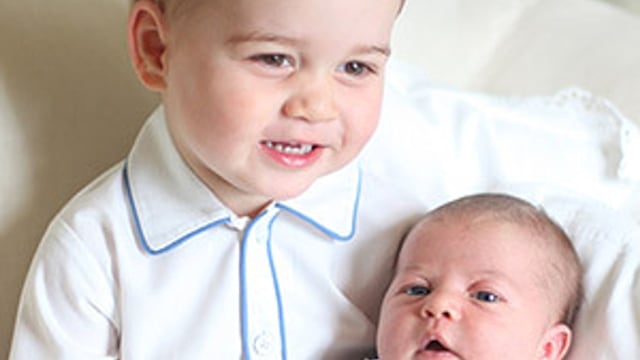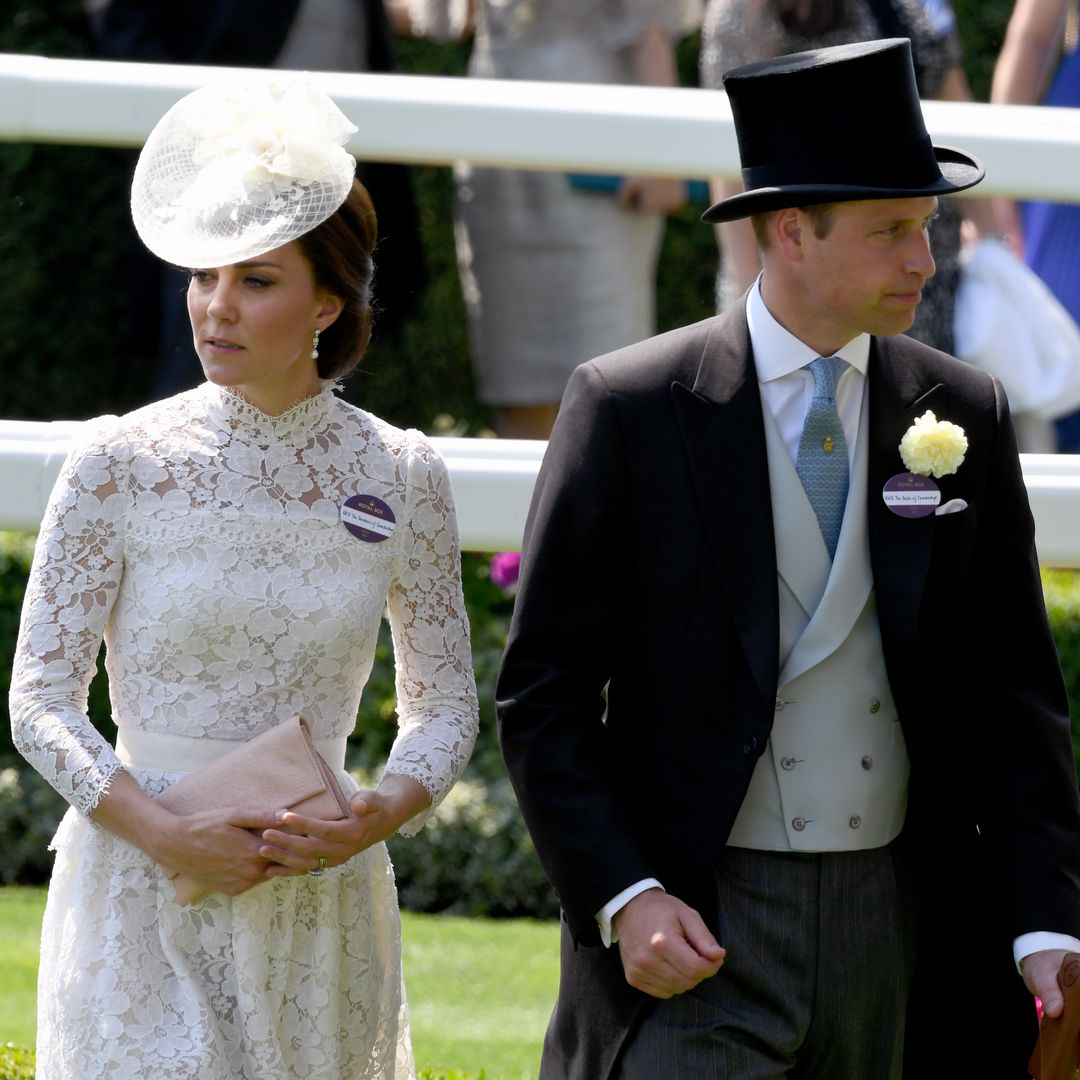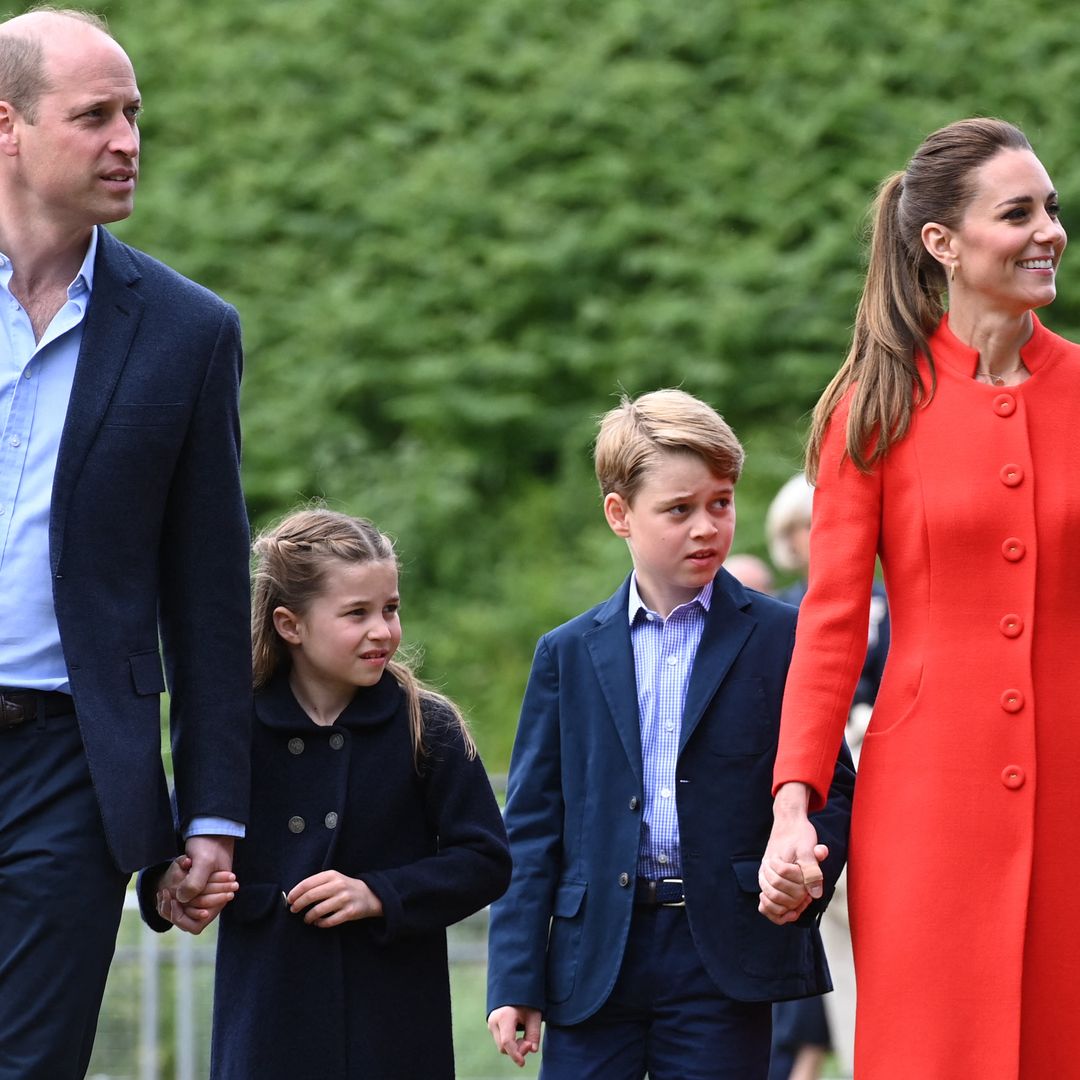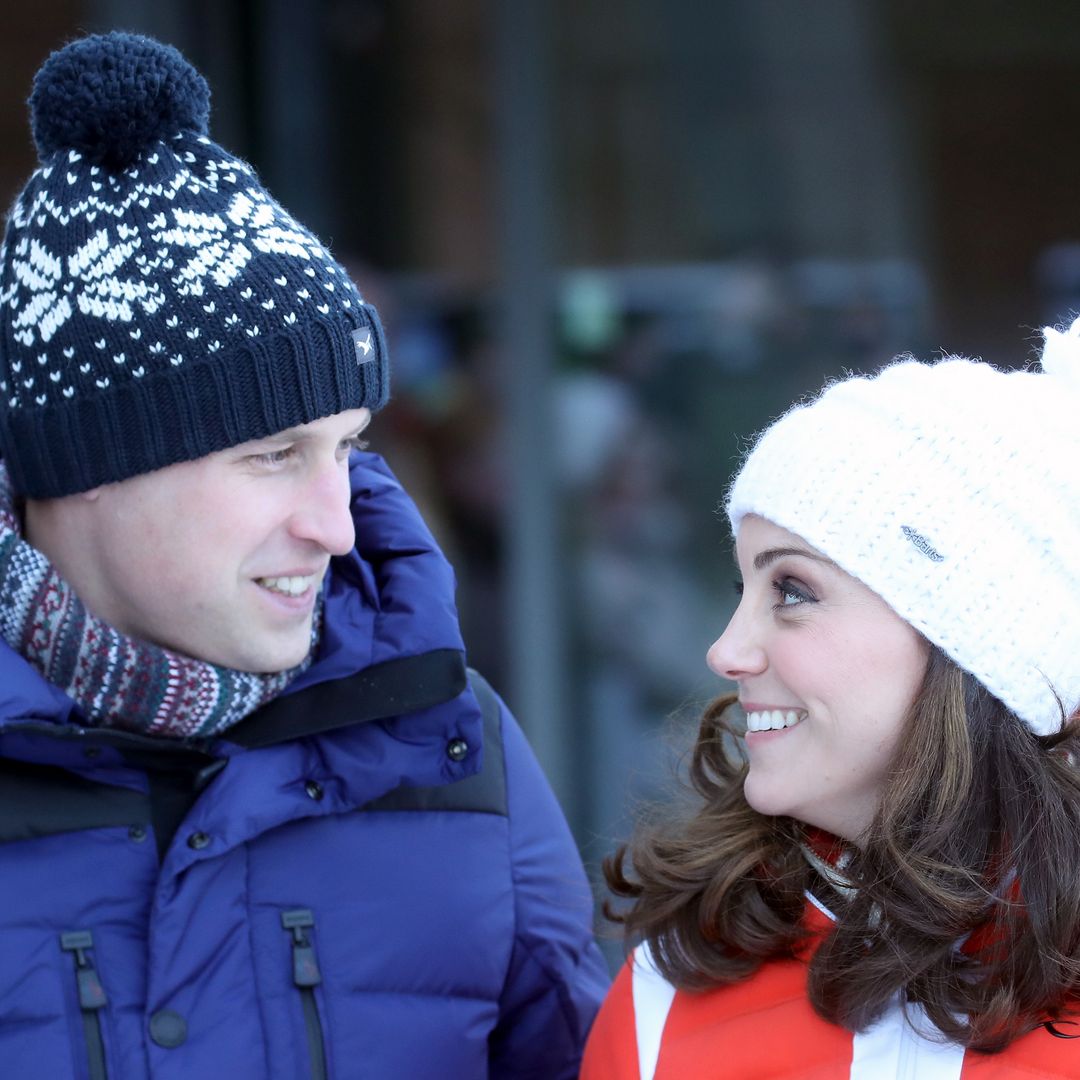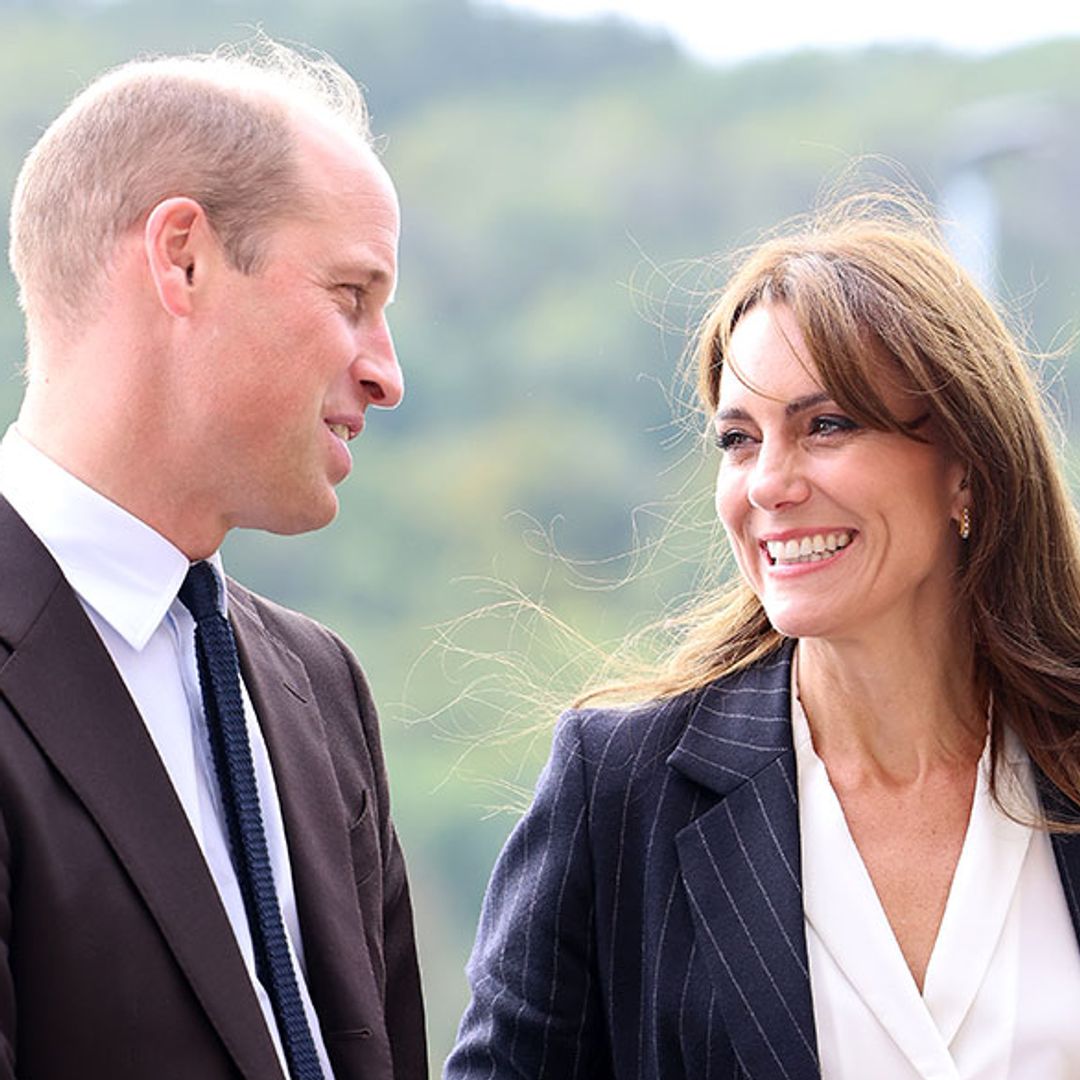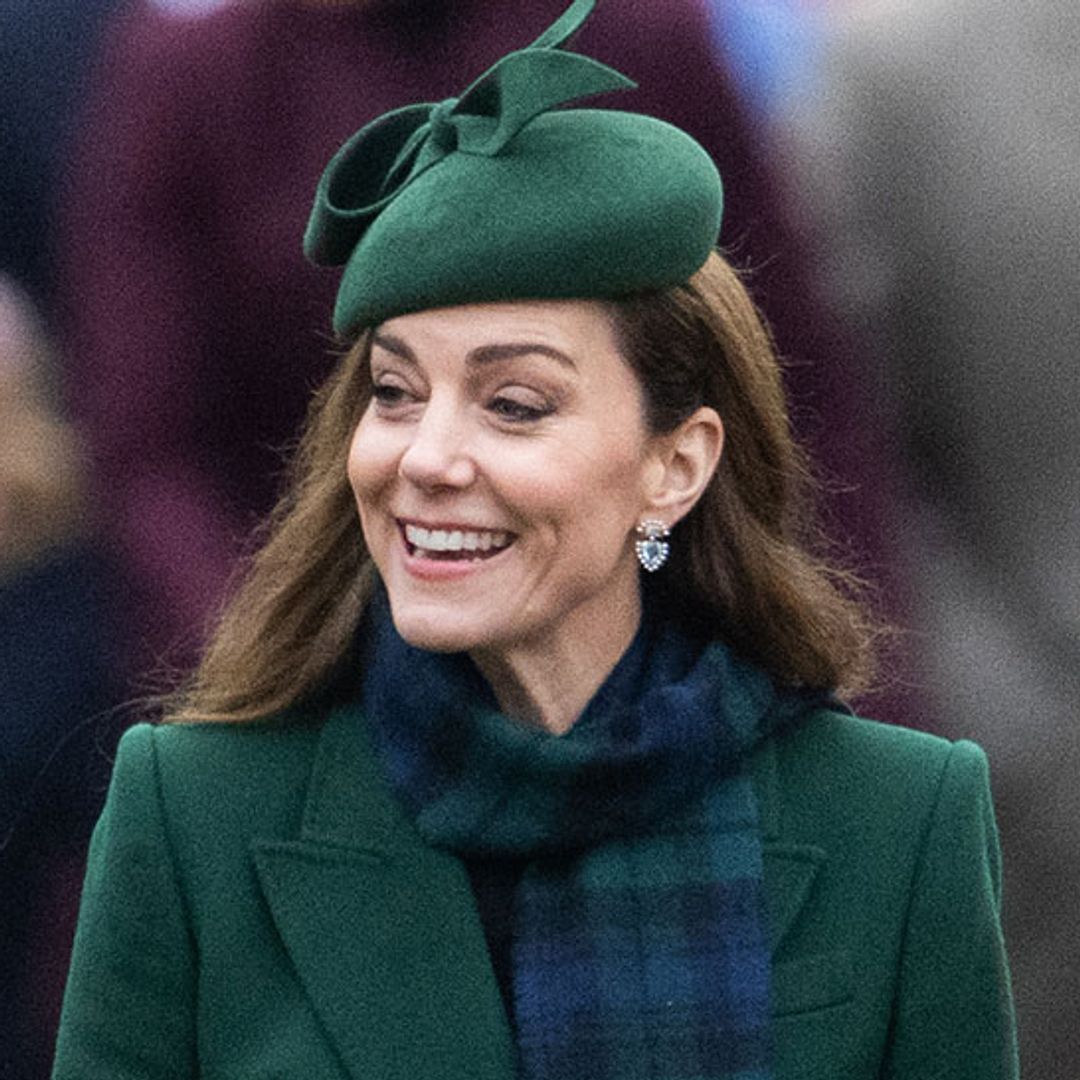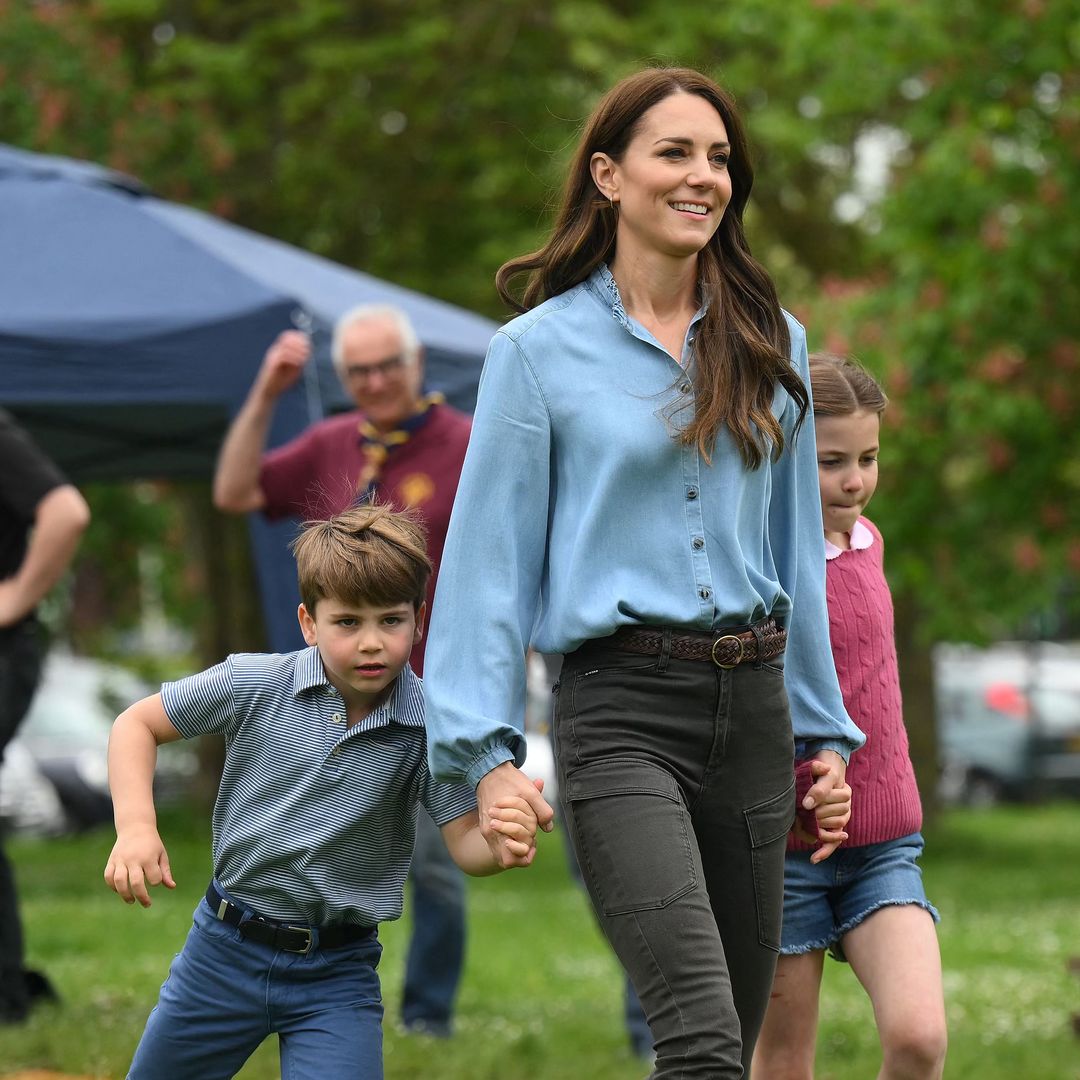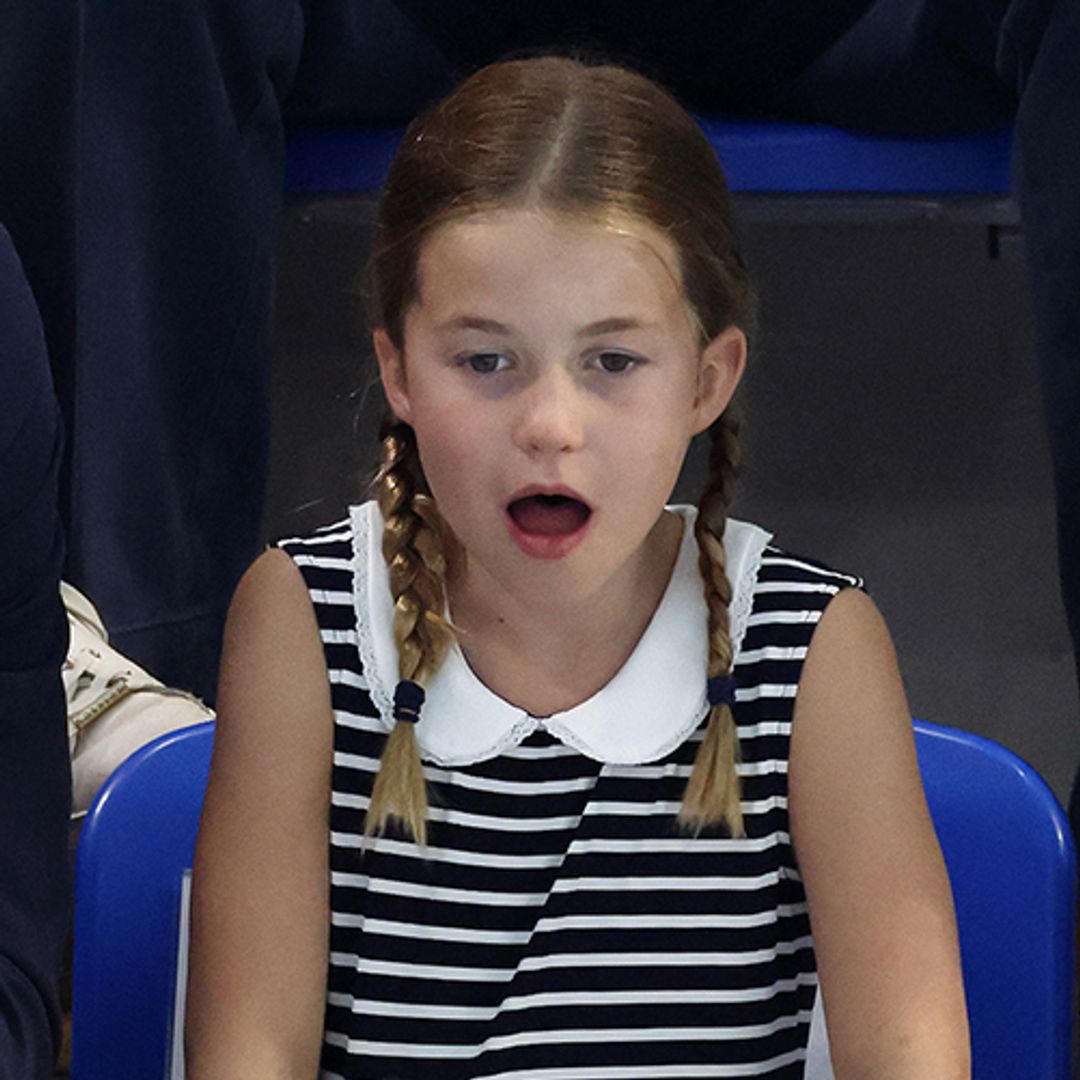Kensington Palace has today sent the attached letter to leaders of media industry bodies and standards organizations in the UK and other international markets. In recent months, there has been an increasing number of incidents involving paparazzi harassment of Prince George, with the tactics used becoming increasingly dangerous. This letter is being published to inform the public discussion around the unauthorized photography of children. We hope that those who pay paparazzi photographers for images of children will better understand the distressing activity around a two-year-old boy that their money is fueling. We also feel that readers who enjoy publications that fuel this market for unauthorized photos deserve to understand the tactics used to obtain these photos.
The vast majority of publications worldwide, and all British publications, have refused to fuel the market for such photos. This is an important and commendable stance, for which The Duke and Duchess of Cambridge are hugely grateful. They have enjoyed sharing an increasing number of photos of their children and look forward to continuing to take them to more public events as they get older.
From: Jason Knauf, Communications Secretary to TRH The Duke and Duchess of Cambridge and HRH Prince Henry of Wales, 14th August, 2015
I am writing to provide an overview of the current challenges faced by Kensington Palace as we seek to protect Prince George and Princess Charlotte from harassment and surveillance by paparazzi photographers. We hope our experience will inform the ongoing effort to uphold standards on the protection of children in a rapidly changing media landscape.
The Duke and Duchess of Cambridge have expressed gratitude to British media organizations for their policy of not publishing unauthorized photos of their children. This stance, guided not just by their wishes as parents but also by industry standards and codes relating to all children, is to be applauded. They are also pleased that almost all reputable publications throughout the Commonwealth – particularly in Australia, Canada, and New Zealand – and in other major media markets like the United States have adopted a similar position.
The Duke and Duchess are glad that leaders in the media industry share the view that every child, regardless of their future public role, deserves a safe, happy, and private childhood. They have been delighted to share official photographs of Prince George and Princess Charlotte in recent months to thank the public for the thousands of kind messages of support they have received. News photographers have had several recent opportunities to take photos of the family, and these will be a regular occurrence as both children grow older.
Despite this, paparazzi photographers are resorting to increasingly extreme lengths to observe and monitor Prince George's movements and covertly capture images of him to sell to the handful of international media titles still willing to pay for them. A recent incident – just last week – was disturbing, but not uncommon. A photographer rented a car, parked in a discreet location outside a children's play area, concealed himself with darkened windows and sheets inside the vehicle, and created a hide stocked with food and drinks to endure a full day of surveillance, hoping to capture images of Prince George. Police discovered him lying down in the boot of the vehicle, attempting to shoot photos with a long lens through a small gap in his hide.
Such tactics – reminiscent of past surveillance by groups with intentions beyond capturing images – are alarming, especially in a heightened security environment. They pose a risk to all involved, and it's often challenging to quickly distinguish between someone taking photos and someone intending to do immediate harm.
This incident was not isolated. In recent months, photographers have:
- Used long-range lenses to capture images of The Duchess playing with Prince George in various private parks.
- Monitored the movements of Prince George and his nanny around London parks, as well as those of other household staff.
- Photographed the children of private individuals visiting The Duke and Duchess's home.
- Pursued cars leaving family homes.
- Used other children to draw Prince George into view around playgrounds.
- Hidden on private property in fields and woodland locations around The Duke and Duchess's home in Norfolk.
- Obscured themselves in sand dunes on a rural beach to take photos of Prince George playing with his grandmother.
- Placed locations near the Middleton family home in Berkshire under steady surveillance.
It is clear that while paparazzi are always keen to capture images of any senior member of The Royal Family, Prince George is currently their number one target. We have decided to discuss these issues now as the incidents are becoming more frequent and the tactics more alarming. A line has been crossed, and any further escalation in tactics would represent a very real security risk.
All of this has left The Duke and Duchess concerned about their ability to provide a childhood for Prince George and Princess Charlotte that is free from harassment and surveillance. They know that almost all parents love to share photos of their children and they themselves enjoy doing so. But they know every parent would object to anyone – particularly strangers – taking photos of their children without their permission. Every parent would understand their deep unease at only learning they had been followed and watched
